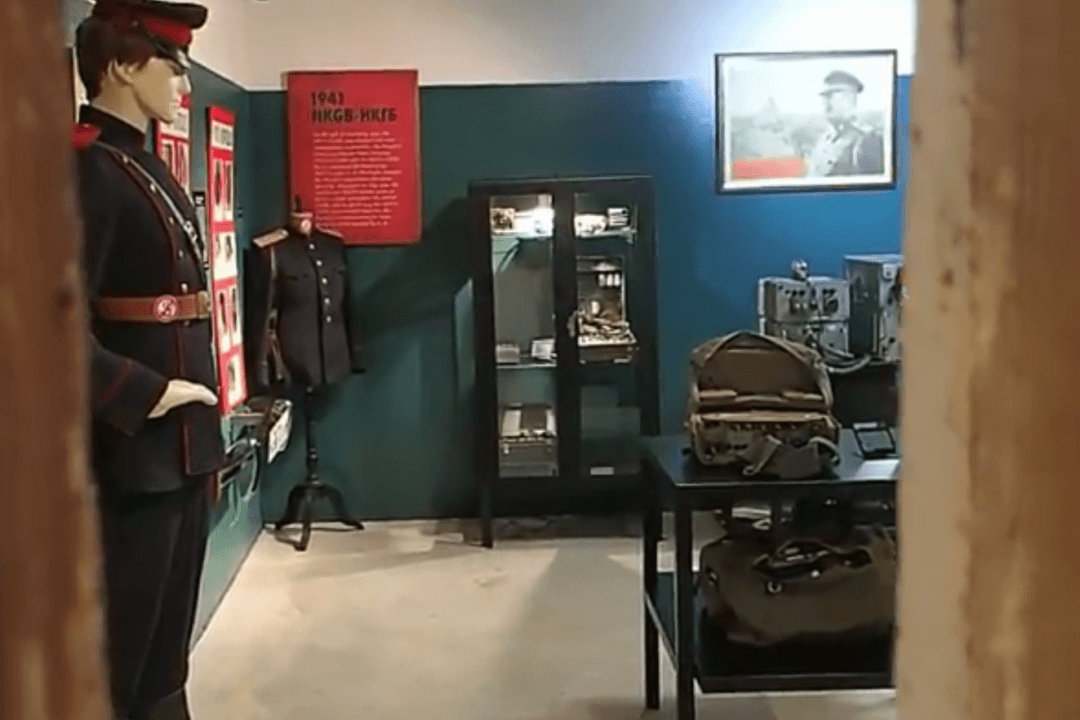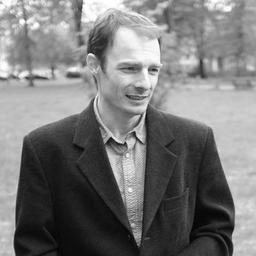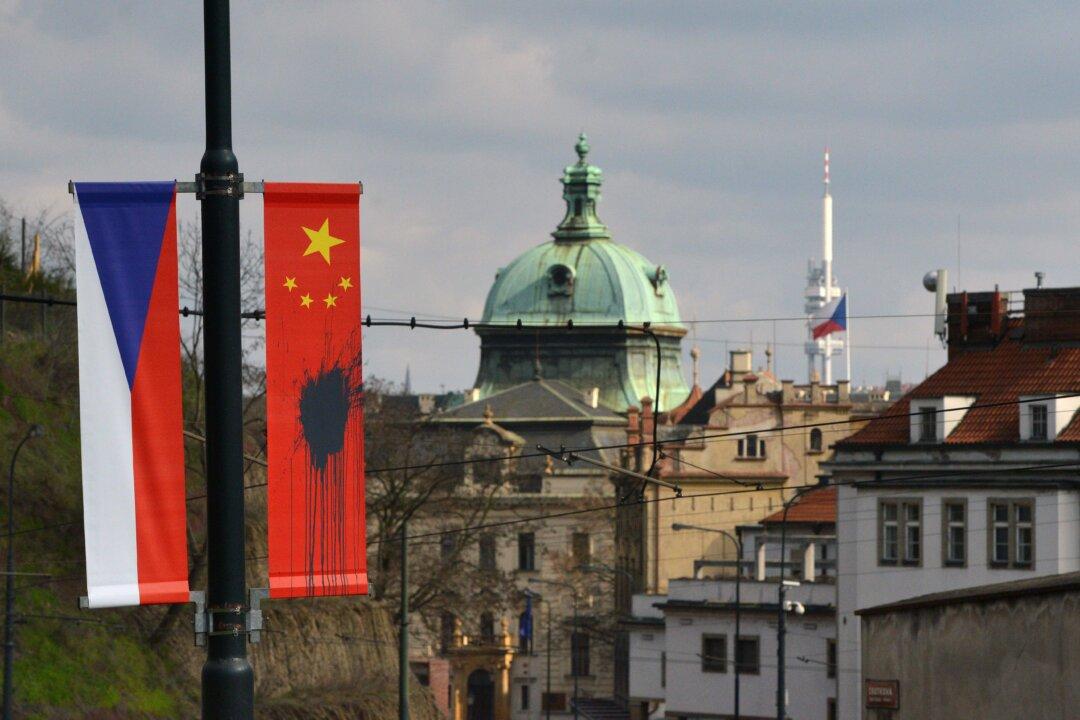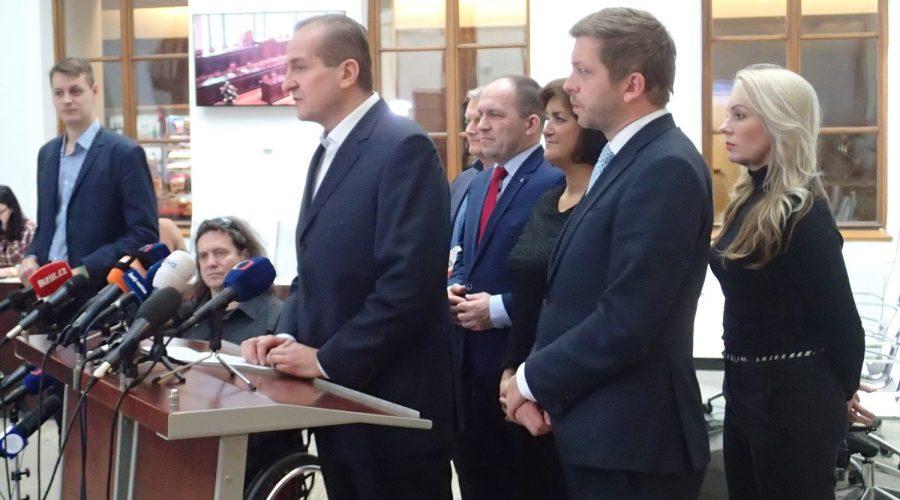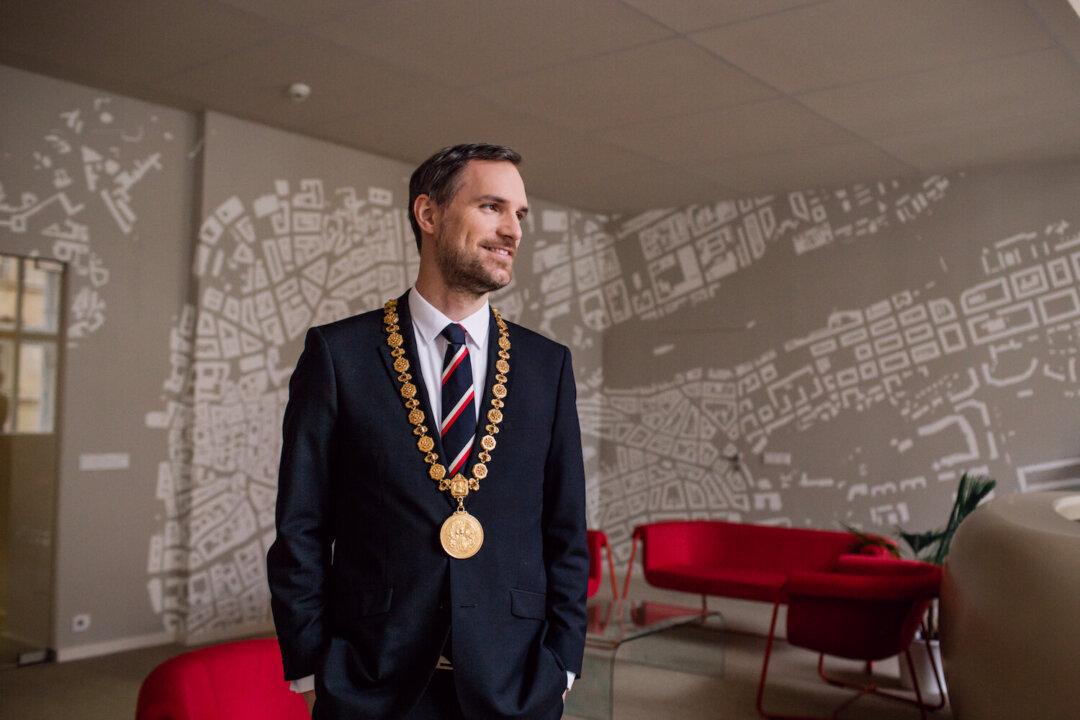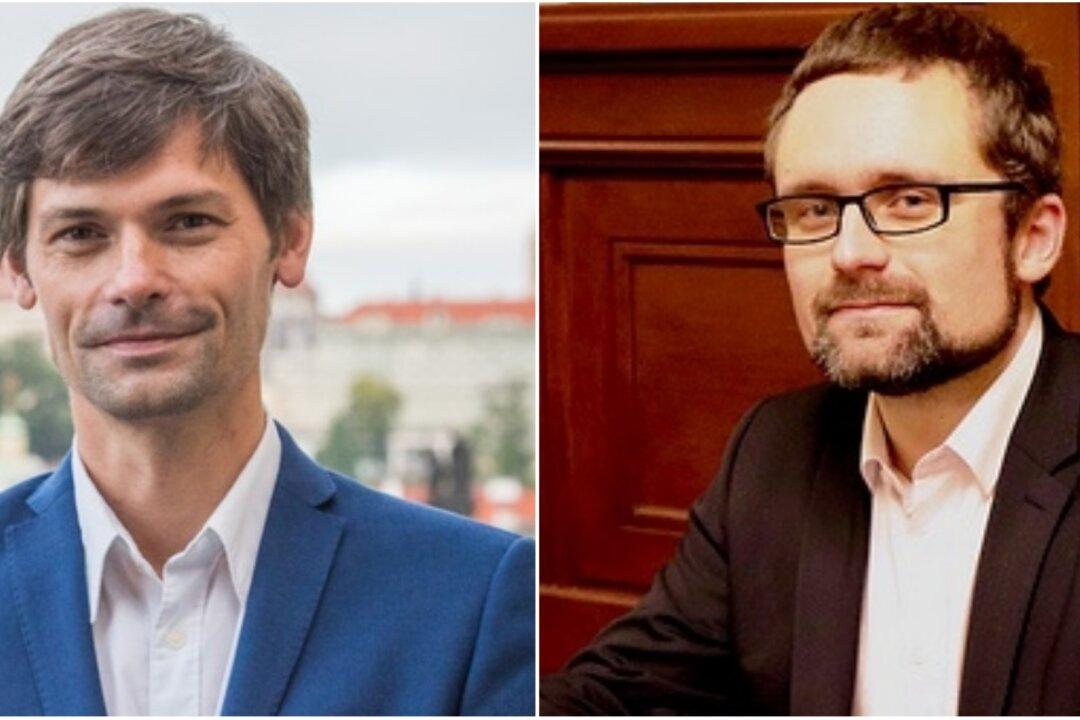NEW YORK—Manhattan’s K.G.B. Espionage Museum opened in January, showcasing equipment belonging to the Soviet secret security agency. During my visit to New York, I uncovered an important story the museum doesn’t tell.
When I went inside, a kind guide with a strong Russian accent introduced me to the largest collection of Soviet K.G.B. equipment in the world. He enthusiastically spoke about secret cameras, audio recorders, and hidden microphones. The museum houses a total of 3,700 artefacts.

